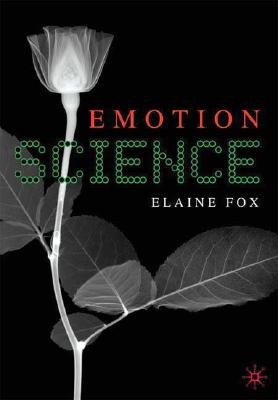Emotions and affective processes are fundamentally important to our lives. They regulate our relationships and social interactions, they help us communicate with one another, and almost certainly help us maintain good health and prevent the onset and development of disease. The study of emotion has a long history in philosophy and psychology. However, until recently, emotion research has been a marginal activity in psychological science. In the behaviorist era, which dominated much of the twentieth century, emotion was often deemed unworthy of serious research because the field lacked objective ways to measure emotions and their associated feelings without resorting to introspection by subjects, which is, by definition, non-behavioral. In addition, since Plato, it is easy to discern a quiet bias in the sciences against emotions or "passions," which were often posited as inferior to the higher gifts of Reason and unworthy of serious research. This view, however, has changed radically in the past few years. With the development of sophisticated imaging tools like fMRI, researchers have uncovered the centrality of emotion to our thinking and reasoning and remembering, and evidence has demonstrated that it may be misleading to posit two separate phenomena altogether, i.e., "cognition" and "emotion." These traditional categories have been shown to be highly interdependent processes that interact with each other in a dynamic way. Our memories of the past; our decisions and plans for the future; what we attend to on a moment-to-moment basis; what we think about as we daydream: all of those cognitive operations are coloured by emotions, just as emotions themselves are influenced by cognitive processes. Therefore, in order to gain a more complete understanding of the richness of our mental life we need to more fully understand the role of emotions and how these processes interact with the traditionally defined "cognitive" processes. The Science of Emotion is the first textbook to integrate psychology and neuroscientific evidence to develop a modern understanding of emotion and the nature of the links between processes that have traditionally been considered "cognitive" and those that have traditionally been considered "emotional." While these two constructs have often been treated as separate, residing in two separate areas of the brain-the neo-cortex and the limbic system, respectively, The Science of Emotion uses the latest research to show how the two phenomena are intertwined and interdependent both at neural and psychological levels. The book contains at least one focus box per chapter that will either take an interesting question (e.g. Do we run because we are afraid, or afraid because we run?) or a more empirically-based question from everyday life (e.g. Are we more likely to remember emotional events?). There is also a further material website with links and more detailed descriptions of key experiments.
| FindBook |
|
有 13 項符合
Elaine Fox的圖書,這是第 2 頁 |
 |
$ 4497 | Emotion Science: Cognitive and Neuroscientific Approaches to Understanding Human Emotions
出版社:Elaine,Fox 出版日期:2008-10-01 語言:英文 規格:平裝 / 16.5 x 24.1 x 1.9 cm / 普通級  看圖書介紹 看圖書介紹
|
|
|
圖書介紹 - 資料來源:博客來 評分:
圖書名稱:Emotion Science: Cognitive and Neuroscientific Approaches to Understanding Human Emotions
|











